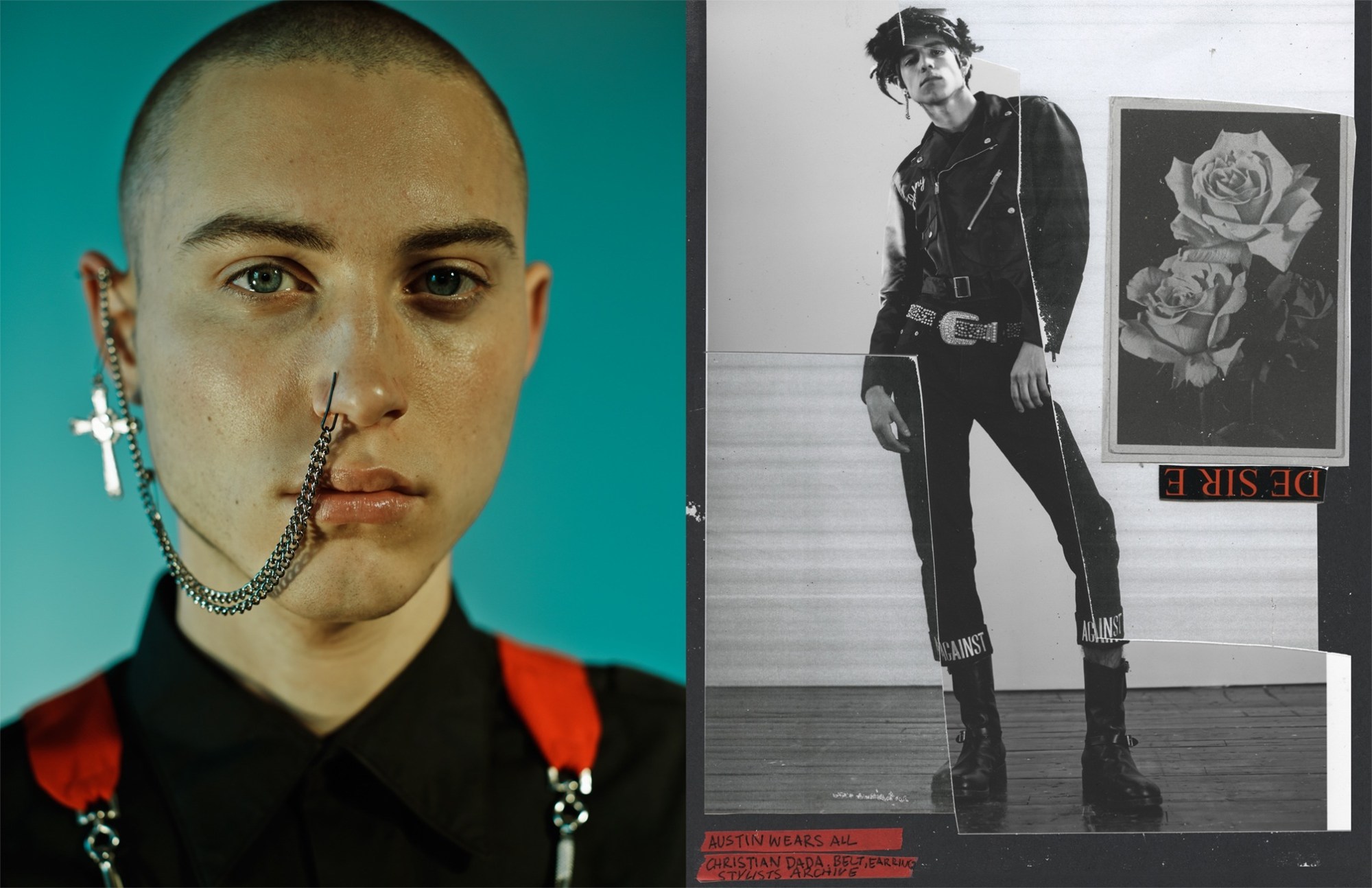Surrounded by dollar dumpling shops, martial arts supply stores, and after hours spas, Sedition Magazine hosted its inaugural issue launch party deep in Chinatown one very rainy evening last week. The party’s venue, a skinny storefront on Mott Street, stuck out like a sore thumb (one with black polish chipping on its nail). The space’s walls were plastered with Sedtion‘s pages — a riotous mix of roughed-up fashion stories, documentary images, and subversive sexual collage art — while lo-fi analogue TV sets broadcasted strange and swirling black and white zig zags. Neighborhood residents did double takes as they passed by; I spotted one lady tapping her feet to the excellent 80s nu-wave and goth tunes provided by DJ (slash Margiela fave model) Sarah Abney.
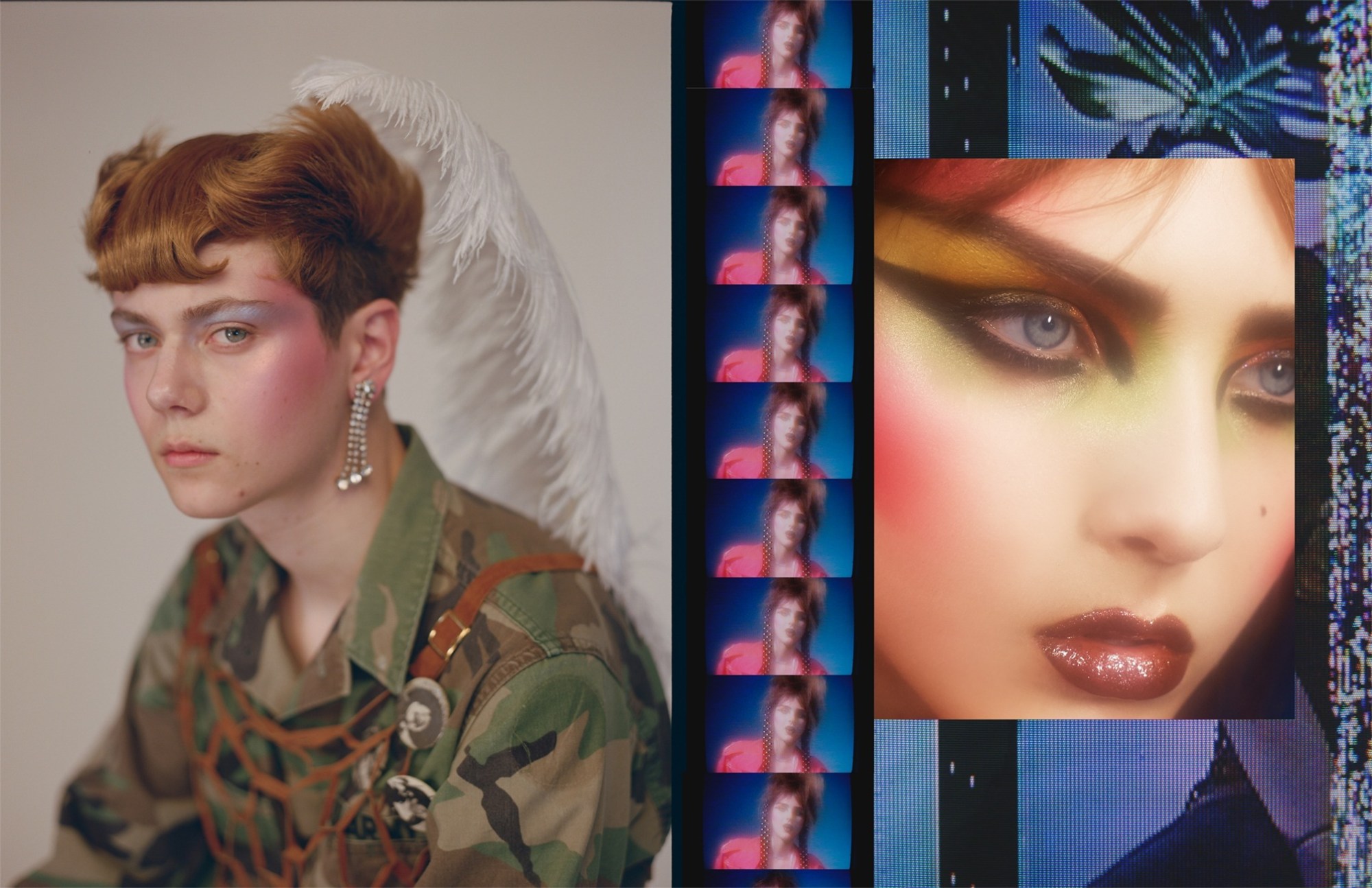
The scene represented exactly what makes Sedition so exciting: the anti-establishment culture mag is at home being slightly out of place. Its ethos is all about shaking up the neighborhood — whether it’s a sleepy Chinatown street or the current fashion landscape. This first issue is their baby, but the magazine’s founders and editors — photographer Tyler Kohlhoff and Fashion Director Lana Lackey — aren’t exactly overprotective parents. Sedition‘s pages are cut, pasted, stapled, and stickered; its fashion stories use mostly thrashed-up vintage or archival designer pieces, boldly recontextualizing these garments within a gorgeously anarchist context. It’s one of the freshest and most exciting print pieces to emerge from the New York underground in some time.
We spoke to Lackey and Kohlhoff about pulling pieces with locks of Alexander McQueen’s hair stitched into them, getting inspired by cowgirls with braces, and the dream collaborator they’ve teamed up with for issue two.
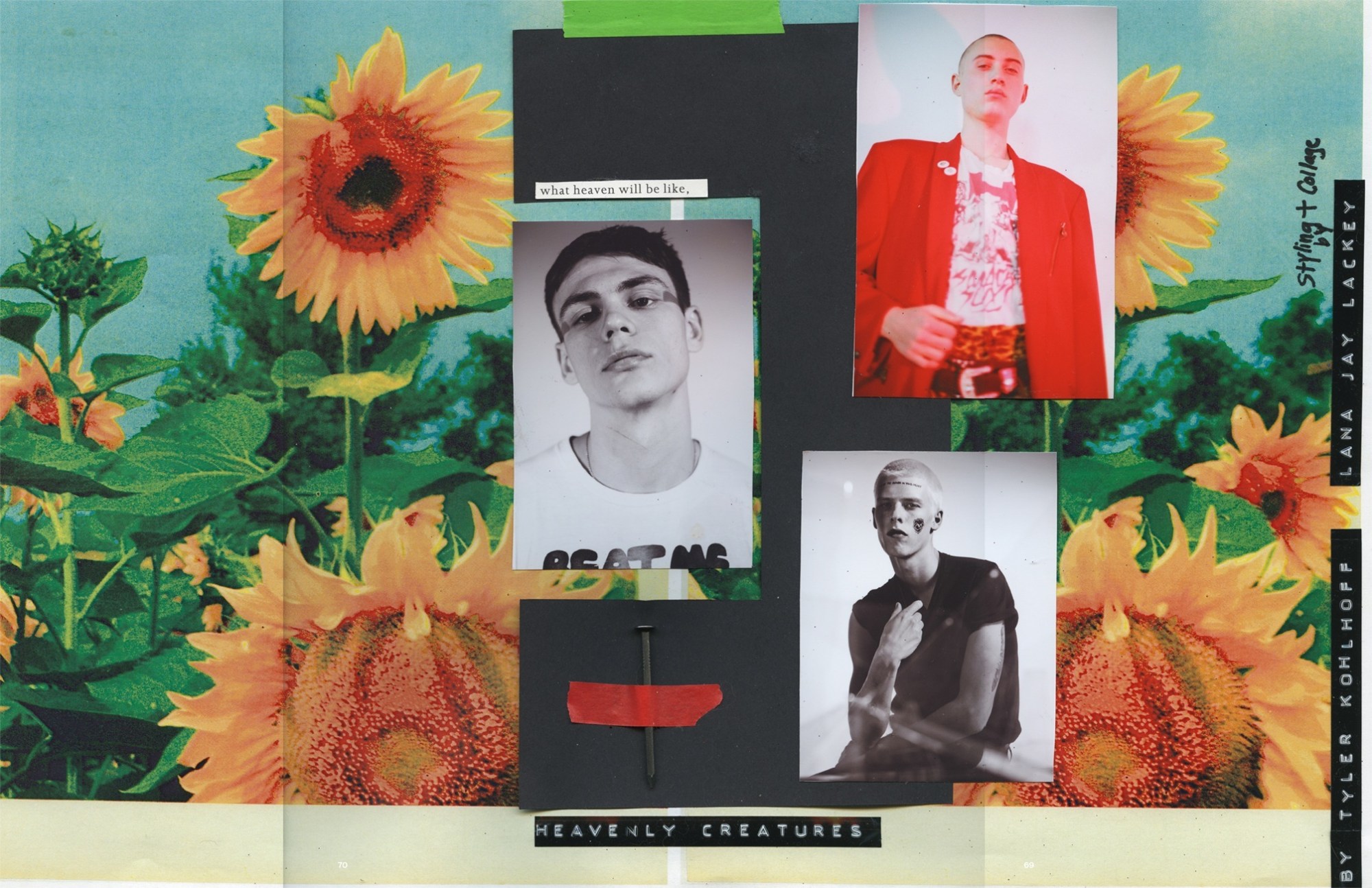
What motivated you guys to launch the magazine? And what are its guiding ideas or ambitions?
Lana Lackey and Tyler Kohlhoff: We’re just dreamers! We had these fantasies and ideas about photography and fashion and we wanted to make them come alive in a publication. “Sedition” means to rise up and and revolt against authority or the powers that be — and it’s that sentiment which is really guiding us.
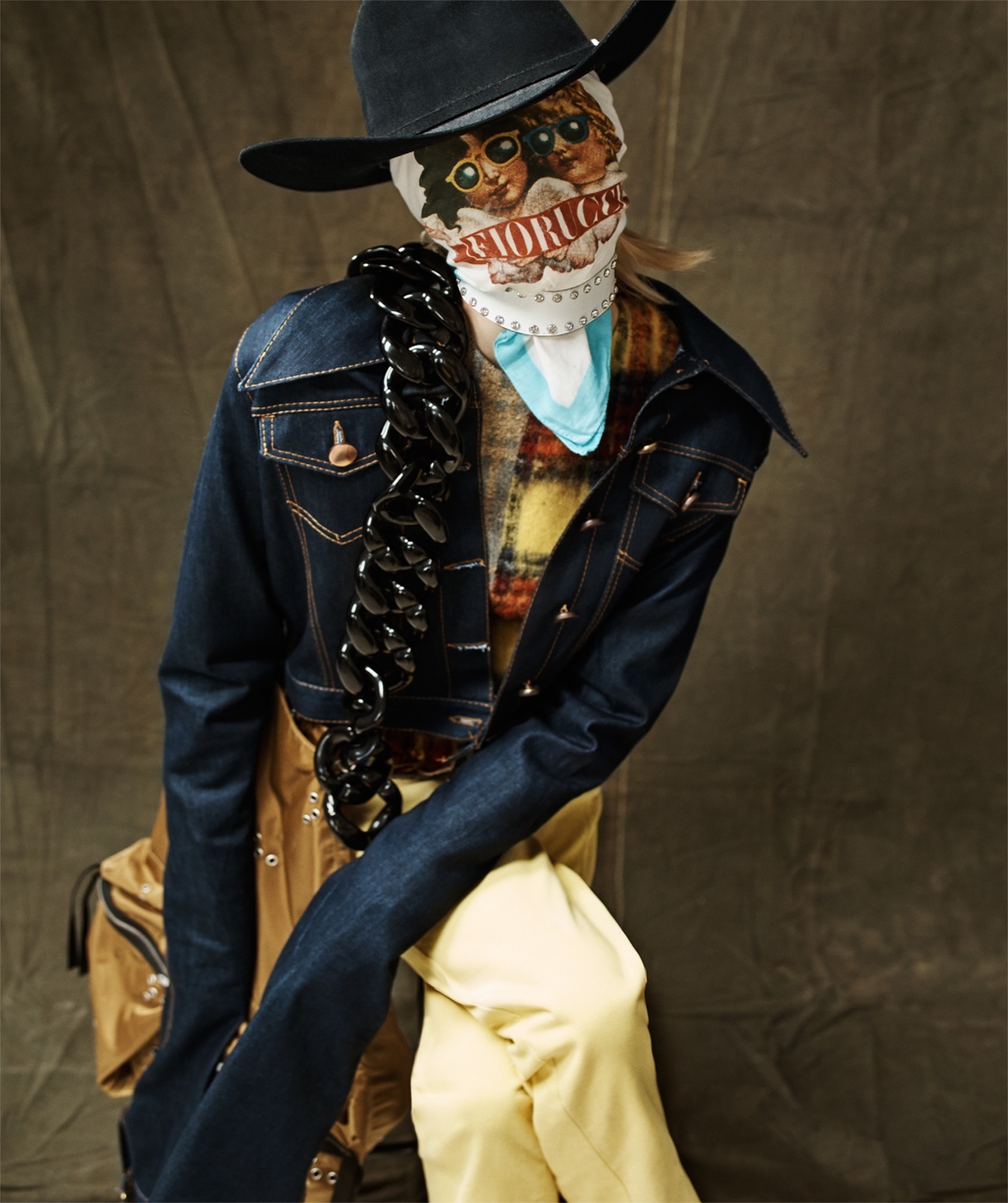
Tell me a little bit about how punk’s history and culture shape or inspire Sedition. Design-wise, it has so many tactile elements: tape, label makers, collage, drawings and prints. It reminds me of zines like Slash — stuff that feels really urgent but super beautiful, too.
LL: I love Slash. The screaming Debbie Harry cover, in my opinion, is one of the best covers of all time. We both lived in Portland, Oregon — and growing up there was a lot of zine trading. Every toilet in every punk house had a pile of zines on it. They were cheap or they were free; handwritten and photocopied — there was a really cool intimacy to them. I loved how the tactile elements made me feel closer to the author. With Sedition, the collage work got me closer to the kids we shot — constantly working and re-working the images — I wanted to translate that to the reader. I hope it feels really personal.
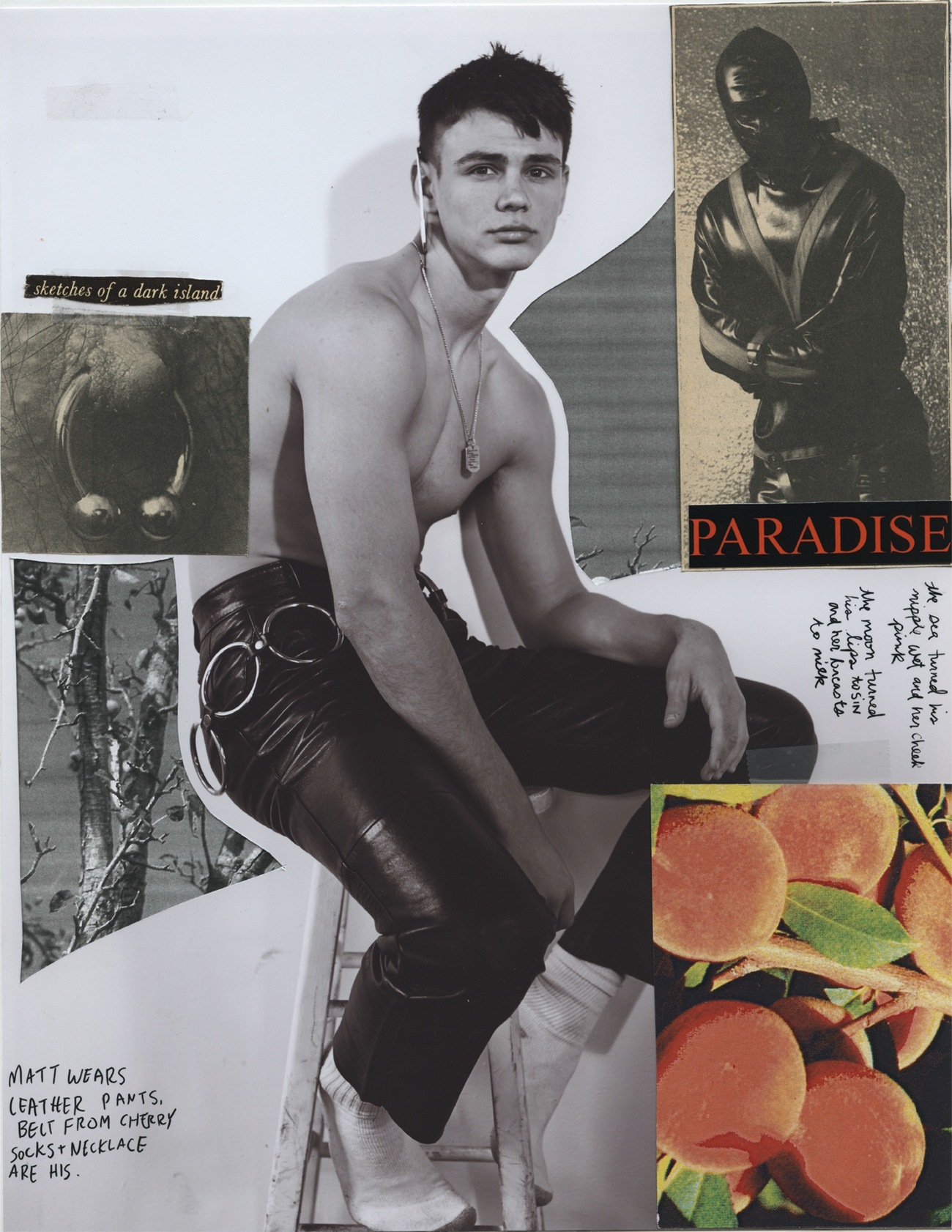
Let’s also talk about this issue’s theme, A Riot in Paradise. What does that concept mean to you, and how do you feel each of the stories and series speak to it?
LL: To me it’s really simple; it means to shake up the system. I sort of have this vision of people trapped on a beautiful tropical island running around in a circle going crazy and losing their minds.
TK: It’s totally a metaphor for New York. If New York is the Paradise we definitely want to be the Riot! We want to shake up what a fashion and art photo paper can be — so we just came out and said it. For sure, some stories are more paradise and others more riot. It’s also just about being bold and absurd and making a strong statement.
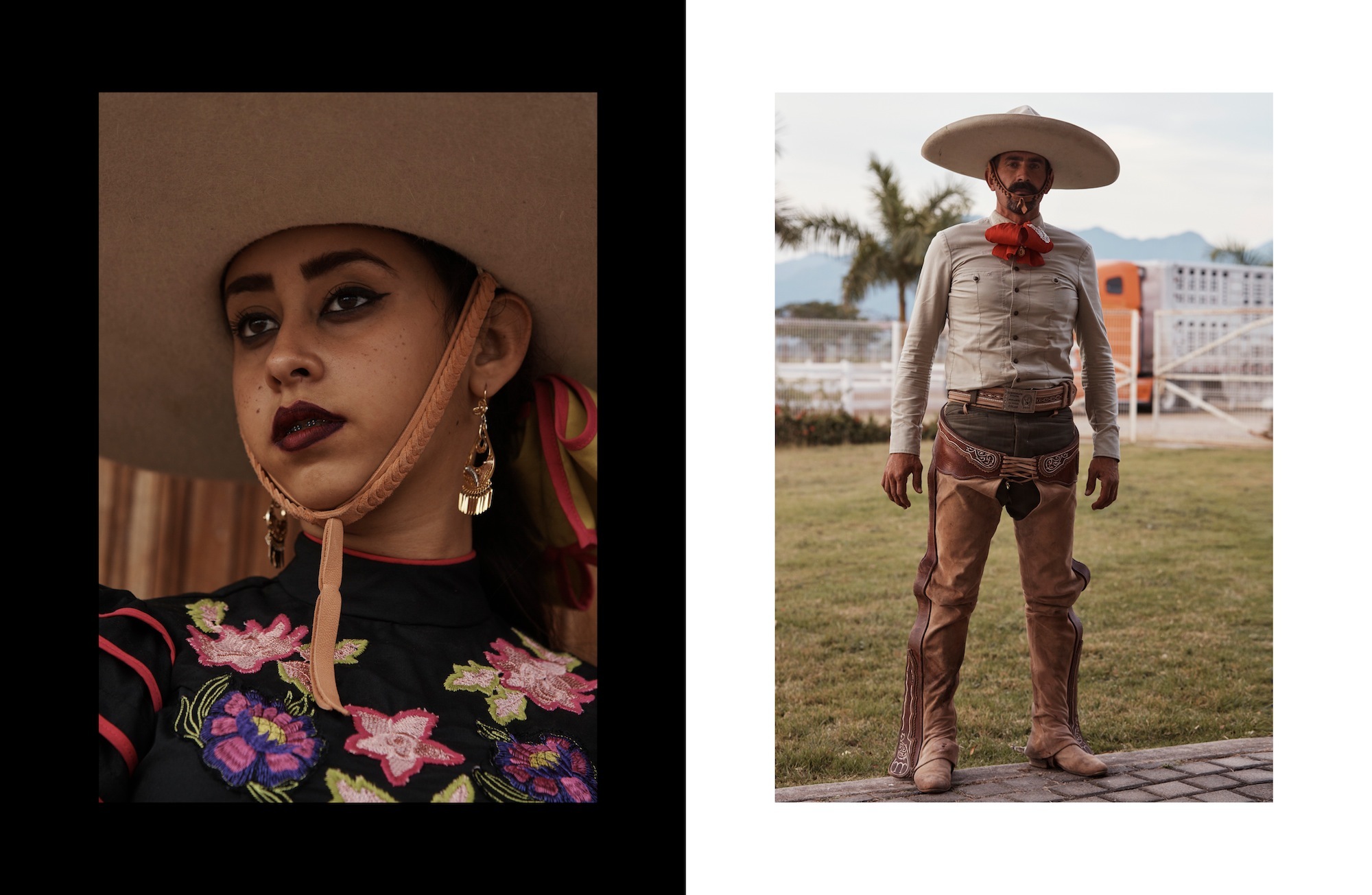
There are certain elements of the magazine that feel really New York, but others that definitely don’t exist here: the Los Charros cowboy story, the Folsom Street pictures, and Sam Rock’s photos, which seem like they’re from another planet. Tell me about this range. How did you guys source subjects and scenes?
TK: We’re both amazed by people in the real world! Documentary is just so important and one of our biggest inspirations; it’s something we want to include in every issue. Going back to No Mag or Slash — that was all about dressing and making art or music to fight or fuck with the norm! It was and is so idealistic, I know, but we just love that sentiment. And it was all documentary — it wasn’t fiction or fantasy. I think we’re attracted to that as much or even more than fashion work.
LL: We chose Los Charros, Folsom Street, and the Japanese punks because I was interested in their characters and how they dress. I found them all so deeply inspiring — how they are living out their own personal dreams or desires. The cowgirls were just such a vision. I also love subversion and taboo, and Benjamin Fredrickson has dedicated his work to documenting the sexually subversive in such a beautiful way.
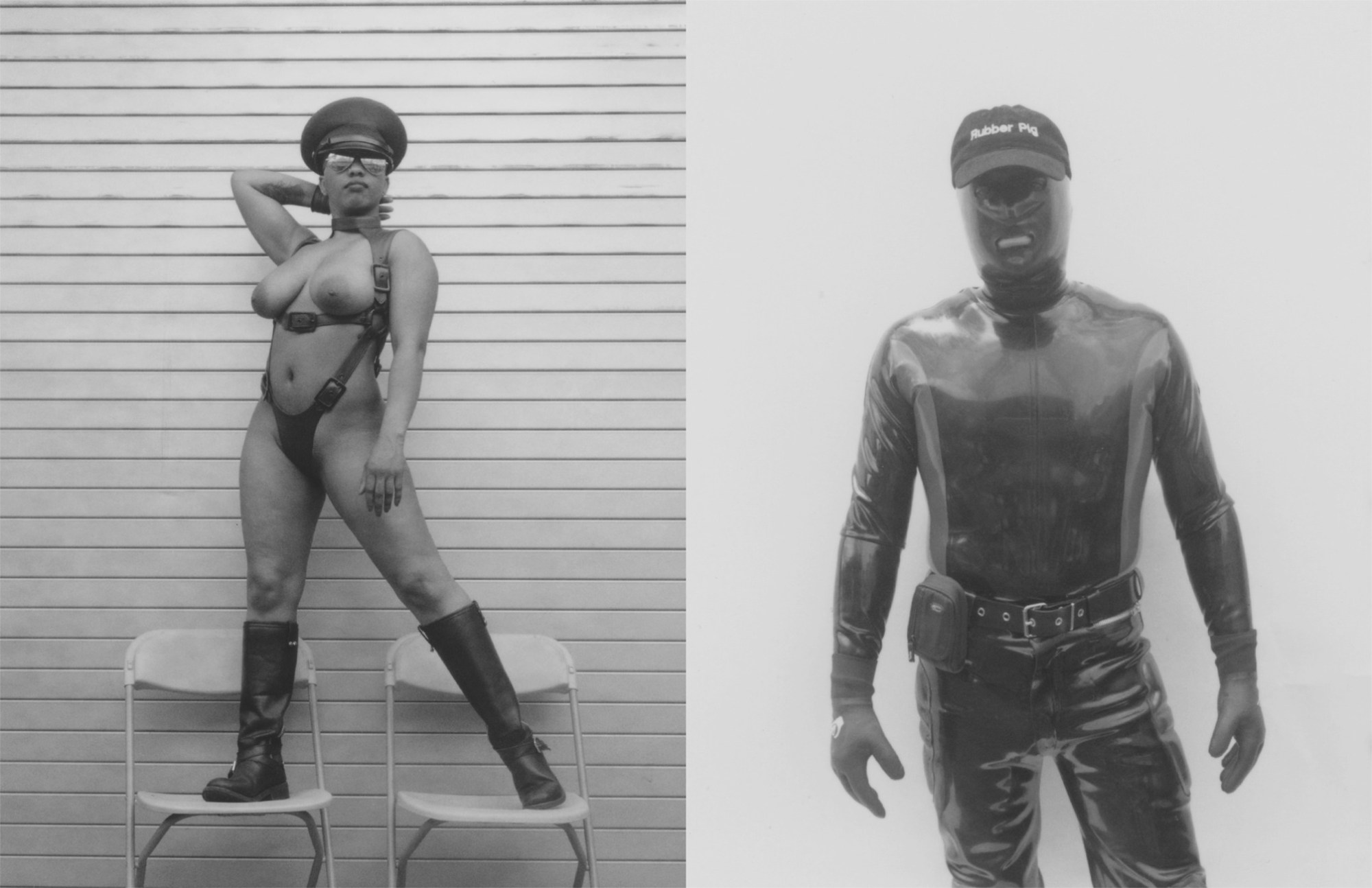
I’m also curious about the use of vintage and archival clothing in the fashion stories.
LL: As a kid, my parents had a leather accessories brand and my mother’s closets were always bursting with thrift finds. That was really my first introduction to fashion. She taught me how to appreciate design by combing through the racks at Salvation Army. My mother set off in me a lifelong passion, studying and searching for vintage. I love the idea of honoring and introducing archived pieces that perhaps the reader has never seen. In the ‘Heavenly Creatures’ story, there is a grey Alexander McQueen suit from Byronesque Vintage and in the lining of the jacket there is a plastic pouch with a real lock of McQueen’s hair. I love that he left a part of himself in his work. I think it’s important to keep these designs alive.
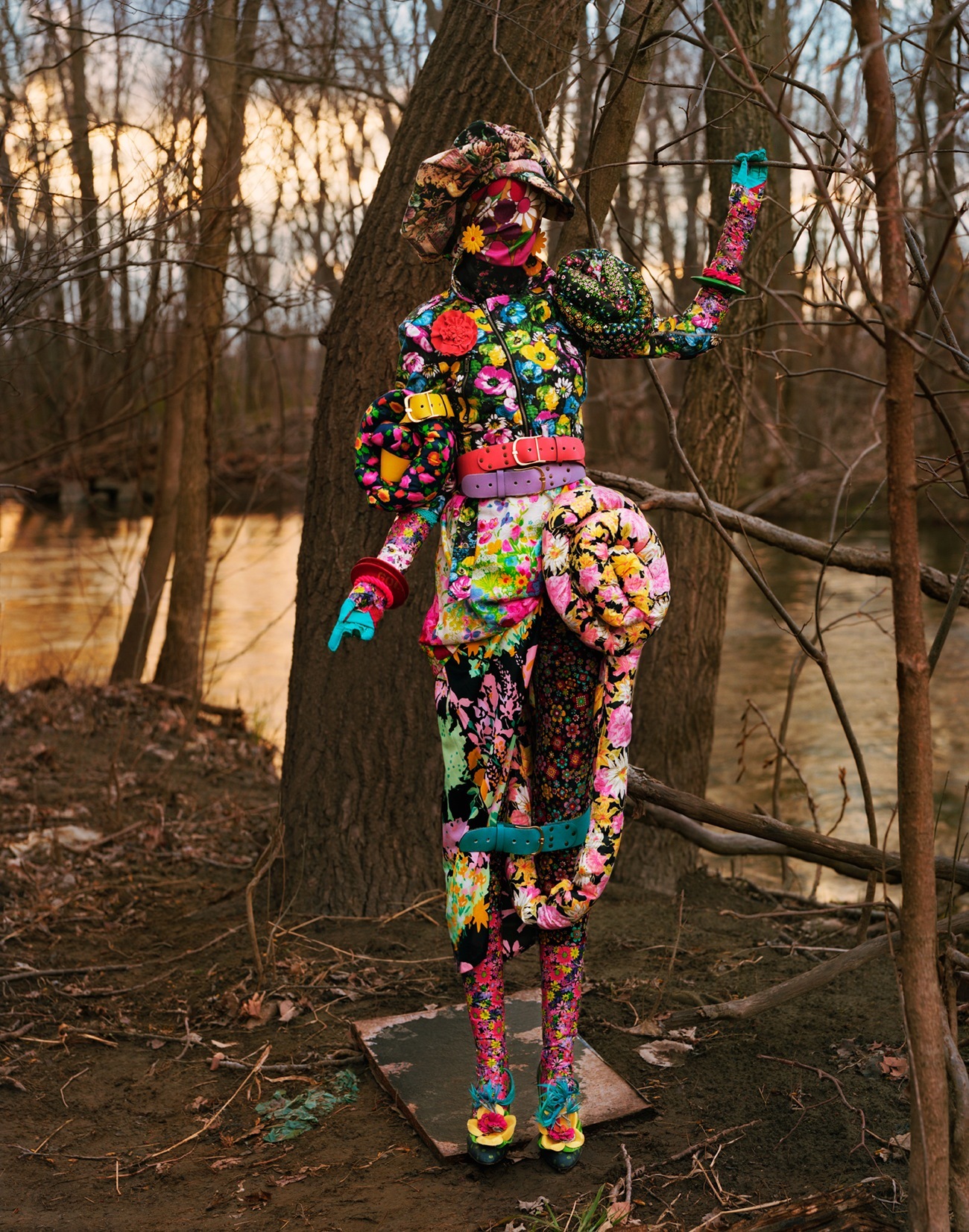
What are your hopes for Sedition’s future? And any secrets you can share from issue two?
TK and LL: We’re just so excited to print work by people that others may not be familiar with and to collaborate with artists outside New York. A secret? Well, we can say issue 02 will feature an artist whose work totally inspired us to make this paper. They’ve always been on the bleeding edge of art and documentary and way ahead of their time — it’s someone we’ve always admired!
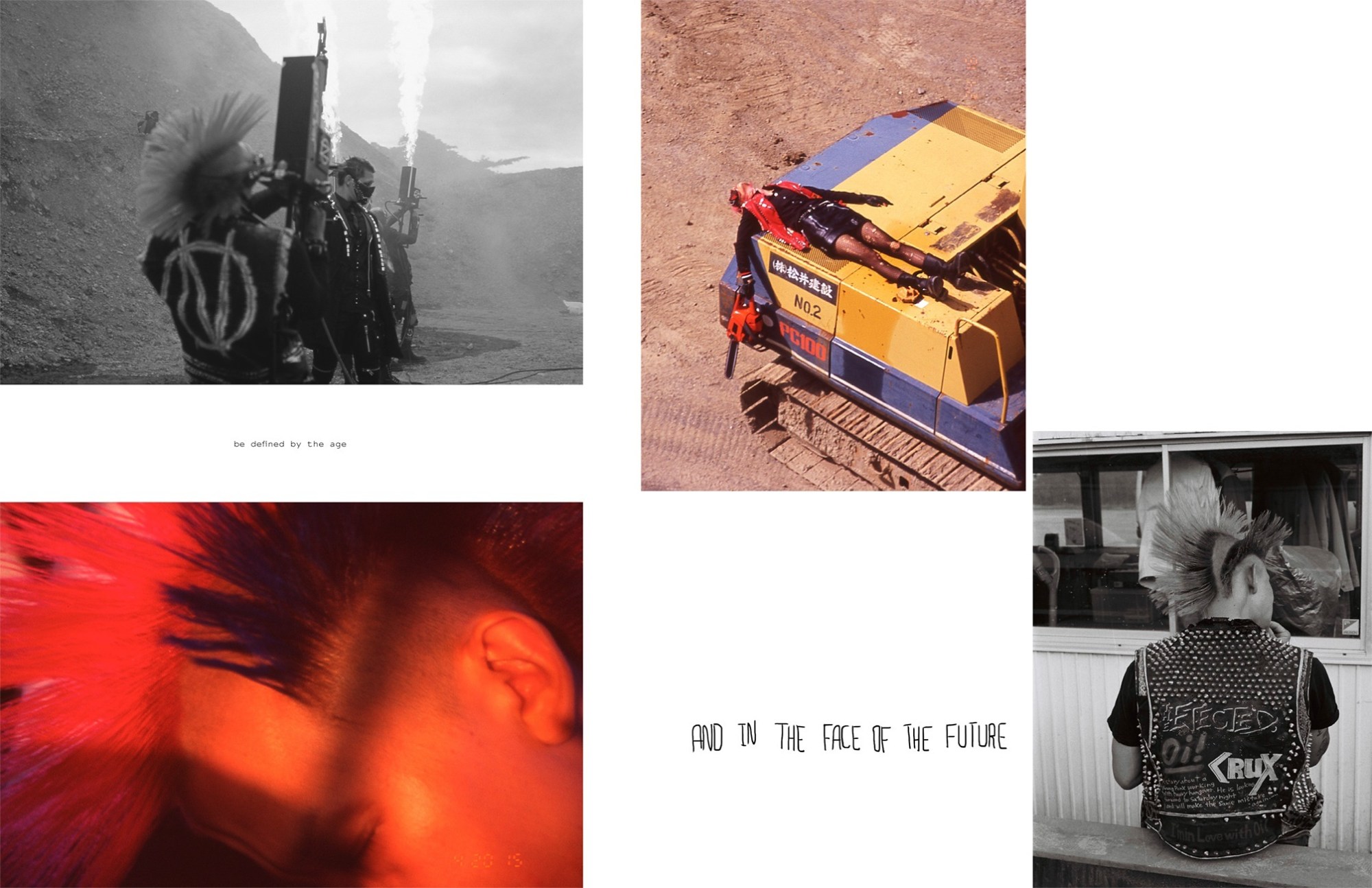

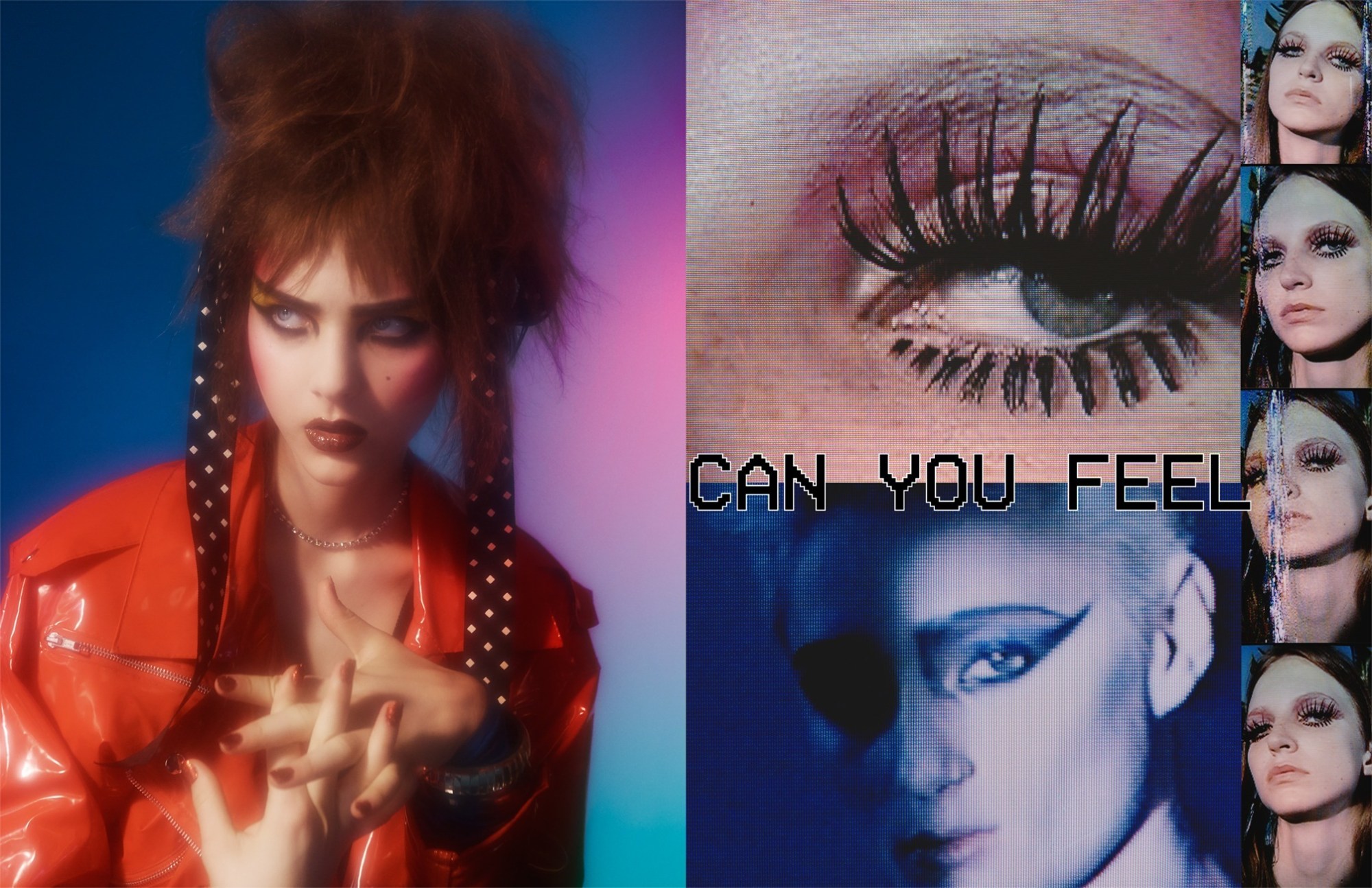
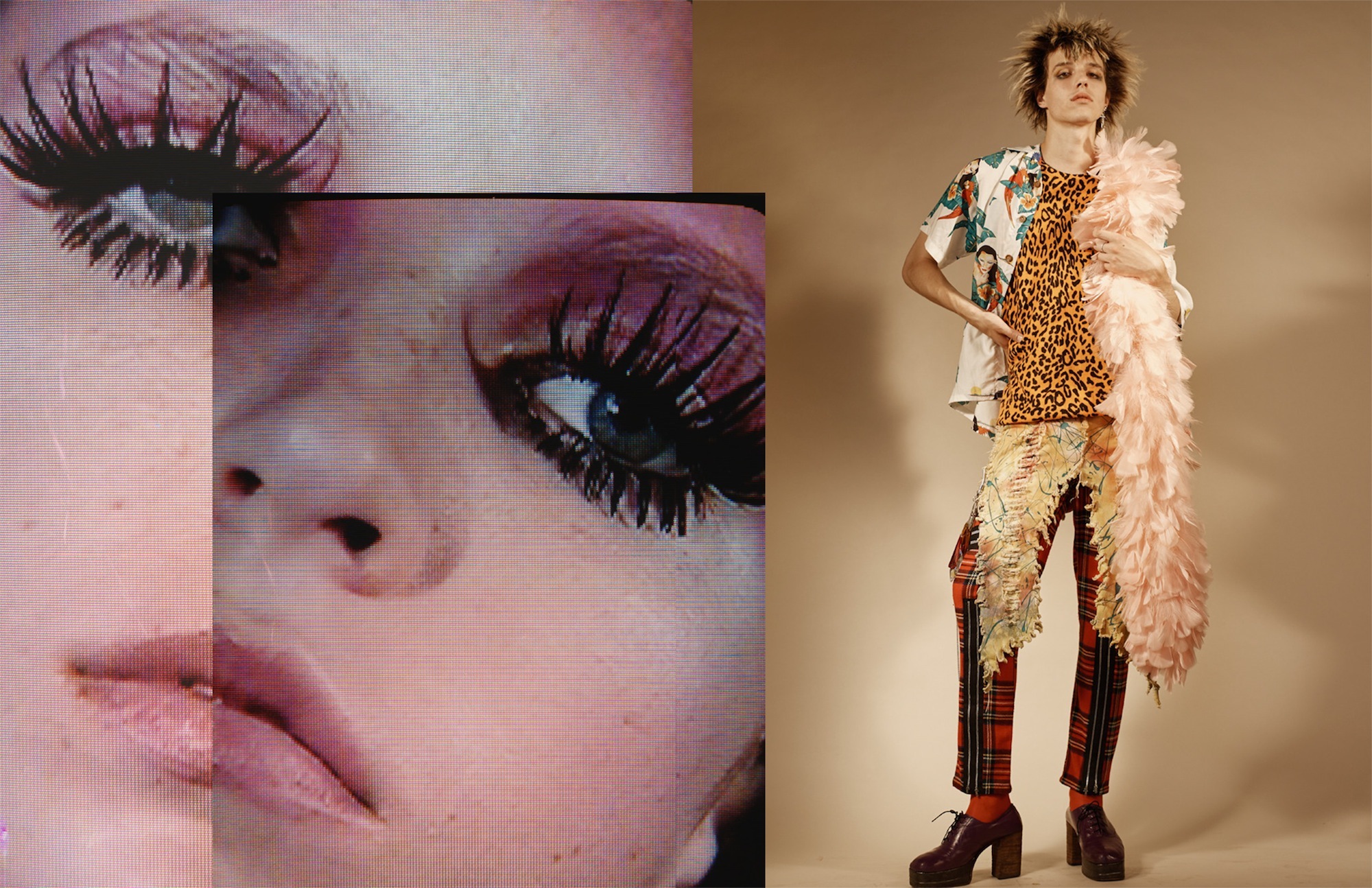
Credits
Text Emily Manning
All images from Sedition Issue 01: A Riot in Paradise
